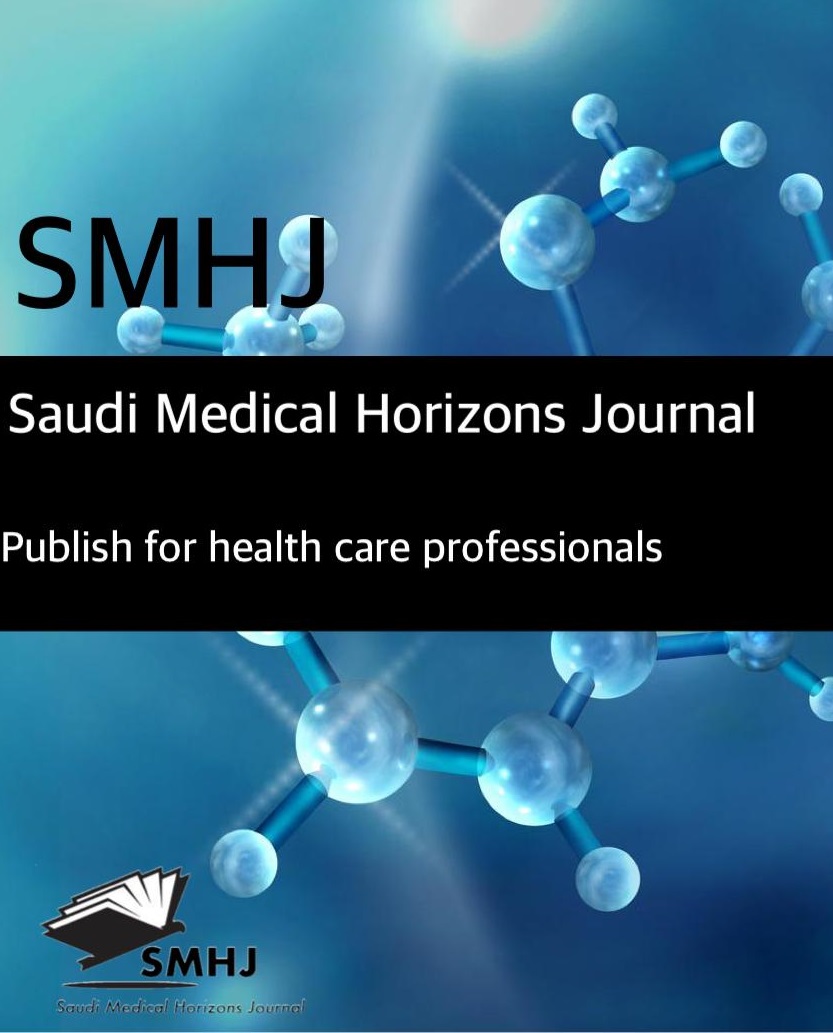Efficacy and Safety of Topical Difamilast in the Treatment of Atopic Dermatitis: A Systematic Review
DOI:
https://doi.org/10.54293/smhj.v5i3.163Keywords:
Atopic dermatitis, Difamilast, OPA-15406, PDE4 inhibitor, Topical treatment, Systematic review, Eczema, IGAAbstract
Atopic dermatitis (AD) is a chronic inflammatory skin disorder with significant global prevalence. Topical difamilast (OPA-15406), a selective phosphodiesterase 4 (PDE4) inhibitor, has emerged as a potential alternative to conventional therapies like corticosteroids and calcineurin inhibitors, offering targeted anti-inflammatory effects with minimal systemic exposure. This systematic review evaluates the efficacy and safety of topical difamilast in AD management, synthesizing evidence from clinical trials and comparing its performance with other treatments. Following PRISMA guidelines, a comprehensive literature search was conducted across PubMed, Embase, Scopus, Web of Science, and Cochrane Library. Six studies (Phase II and III trials) met inclusion criteria. Data on efficacy (Investigator’s Global Assessment [IGA] success, Eczema Area and Severity Index [EASI] improvement) and safety (adverse events) were extracted and assessed for bias using Cochrane RoB 2 and ROBINS-I tools. Difamilast demonstrated significant efficacy, with IGA success rates of 38.46–47.1% and EASI-75 responses of 55.4–73.5% across age groups. A matching-adjusted indirect comparison showed comparable efficacy to delgocitinib. Safety profiles were favorable, with predominantly mild adverse events (e.g., nasopharyngitis) and low discontinuation rates (3.5–8.4%). Long-term studies (52 weeks) confirmed sustained benefits without serious drug-related events. Topical difamilast is an effective and well-tolerated treatment for AD, particularly in pediatric and adult populations. Its rapid onset, durable efficacy, and minimal systemic absorption position it as a promising alternative to existing therapies. Further head-to-head trials and diverse population studies are warranted to validate its global applicability.
Downloads
Published
How to Cite
Issue
Section
License
Copyright (c) 2025 Saudi Medical Horizons Journal

This work is licensed under a Creative Commons Attribution 4.0 International License.



